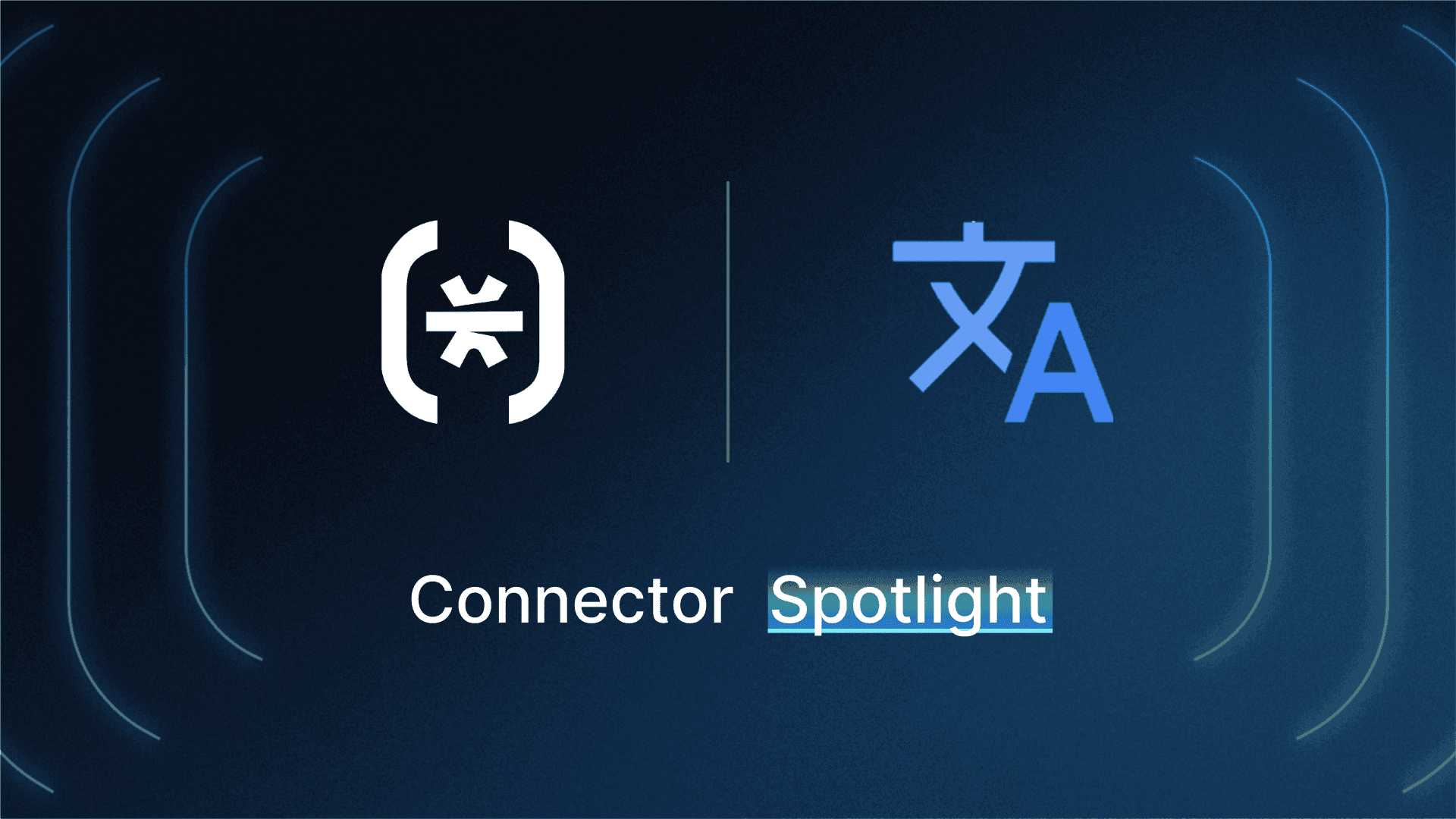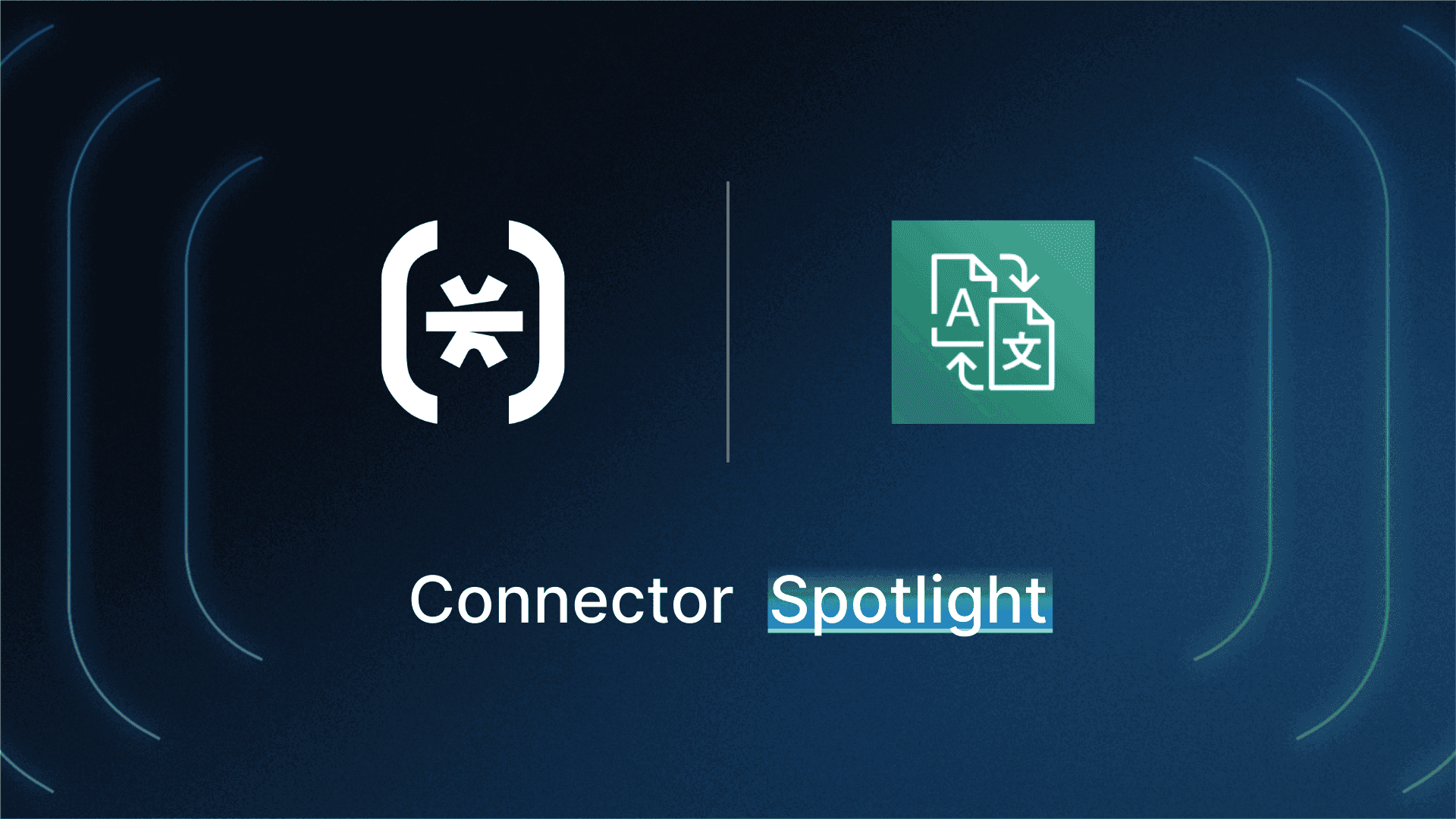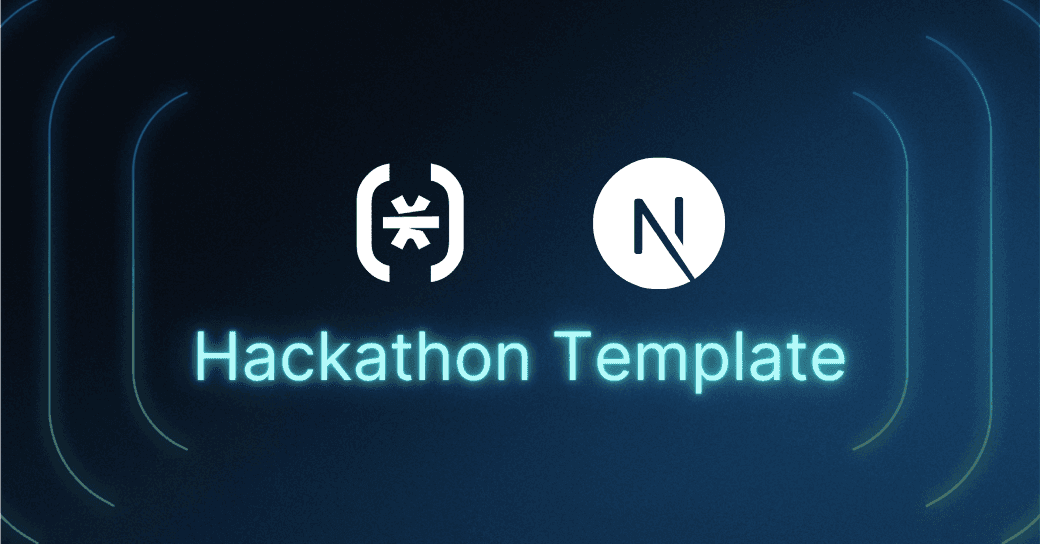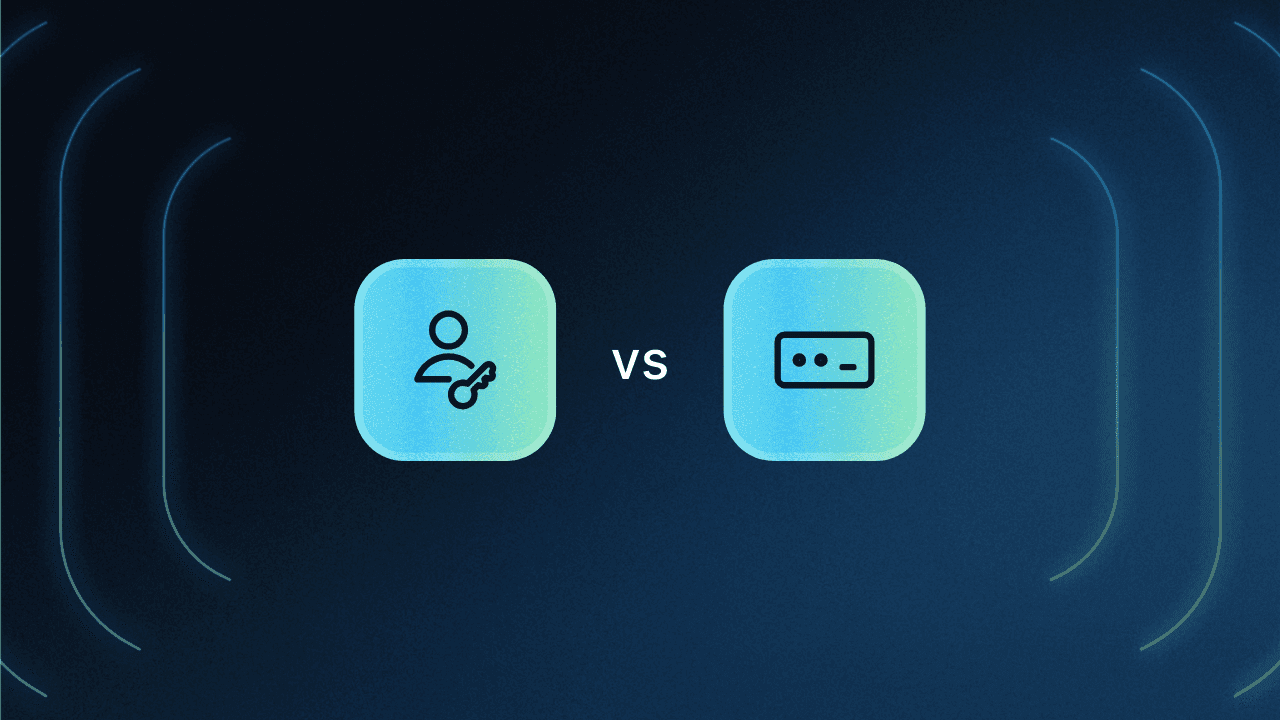Table of Contents
About Google Cloud Translation
Businesses across the world are increasingly treating user experience as a priority for growth and retention. Gartner claims that “By 2024, more than 90% of B2C organizations will compete on the basis of customer UX. The digital experience will become the differentiation.” Customers and end users now expect a personalized, frictionless, and contextually relevant experience for every online interaction. Localization and aligning the app with users’ geolocation play an important role in this regard.
Descope’s connector with Google Cloud Translation enables developers to add multilingual screens and localized user experiences to their authentication and user journey flows. Organizations using the connector can deliver seamless UX with real-time machine translation and expand the reach of their products and services to international markets.
Check out our documentation for implementation details.
About Google Cloud Translation
Google Cloud Translation helps websites and applications programmatically detect and translate text into more than 100 supported language pairs through an API. Customers can use Google’s pre-trained models or their own custom ML models to do this translation.
Translation can be customized to understand industry / domain nuances and slang terms so that they retain their intended meaning. By using AutoML technology, developers can add custom language pairs for their use cases and create site-specific models with a single line of code.
To learn more about Cloud Translation, visit their documentation.
Connector overview
The Descope connector with Cloud Translation enables developers to:
Translate the language of login and other user-facing screens in Descope authentication and user journey flows.
Add a list of target languages to authentication flows in Descope and enable localization with a single click without needing to provide strings for each word.
Control the locales where localization is desired by embedding locales in the flow component or rely on defaults determined by the users’ browser.
Orchestrate user journeys in a no-code workflow combining Cloud Translation language data alongside data and actions from a wide variety of tools such as risk identification, identity verification, CRM, and CDP.
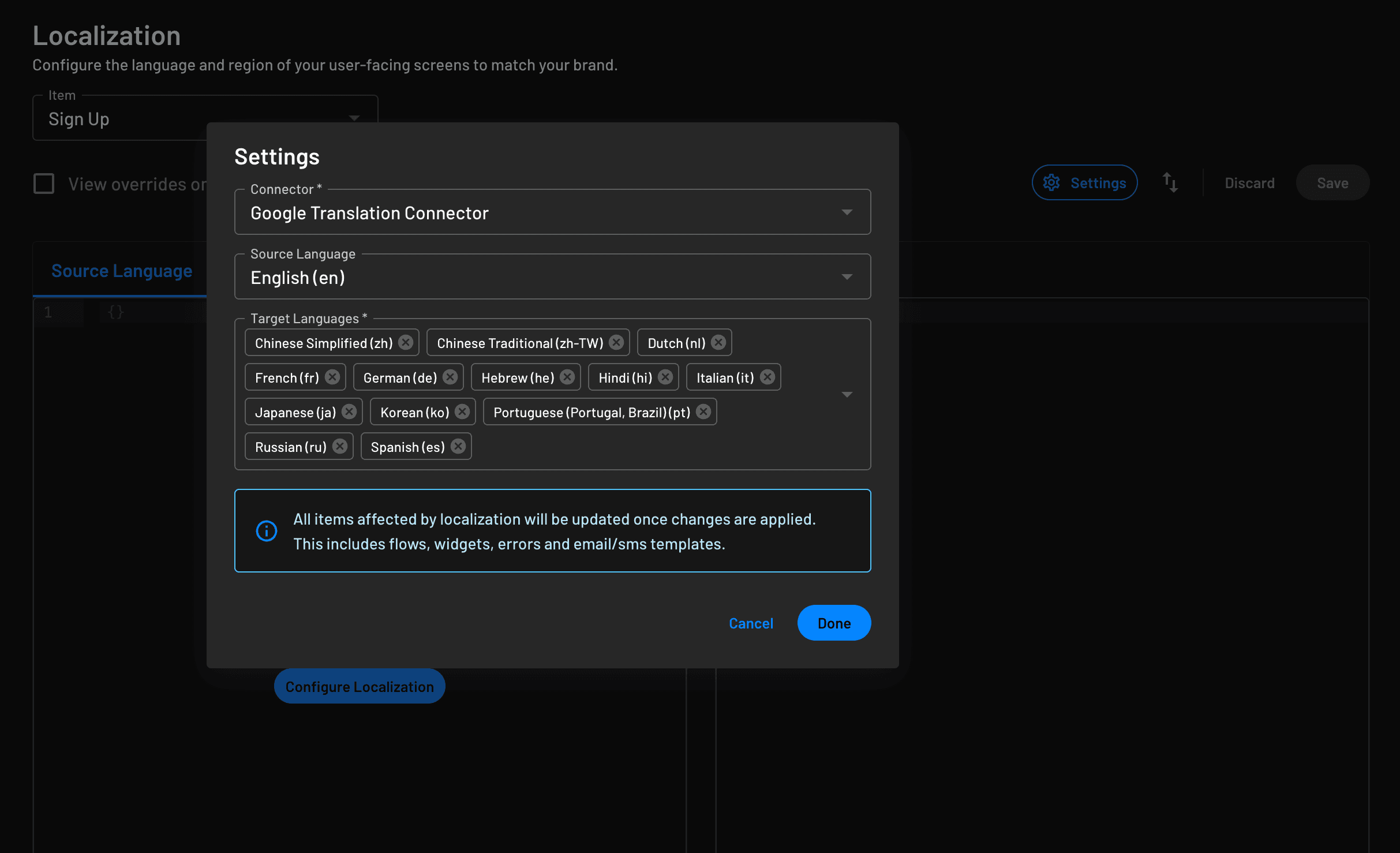
Use case: Localized user experience
Businesses can unlock a lot of value with localized, personalized user journeys for their applications and digital properties. Aligning the app experience with the cultural and linguistic expectations of the end user can help apps adopt more users, improve customer perception, and strongly compete with local players in international markets. Since authentication is the entry point for any application, localizing the onboarding process is the first step towards this goal.
The images below show localized login screens from Descope based on the end users’ preferred browser settings (Hindi and Chinese being the examples chosen). This is accomplished by setting some target languages and enabling localization in Descope Flows.
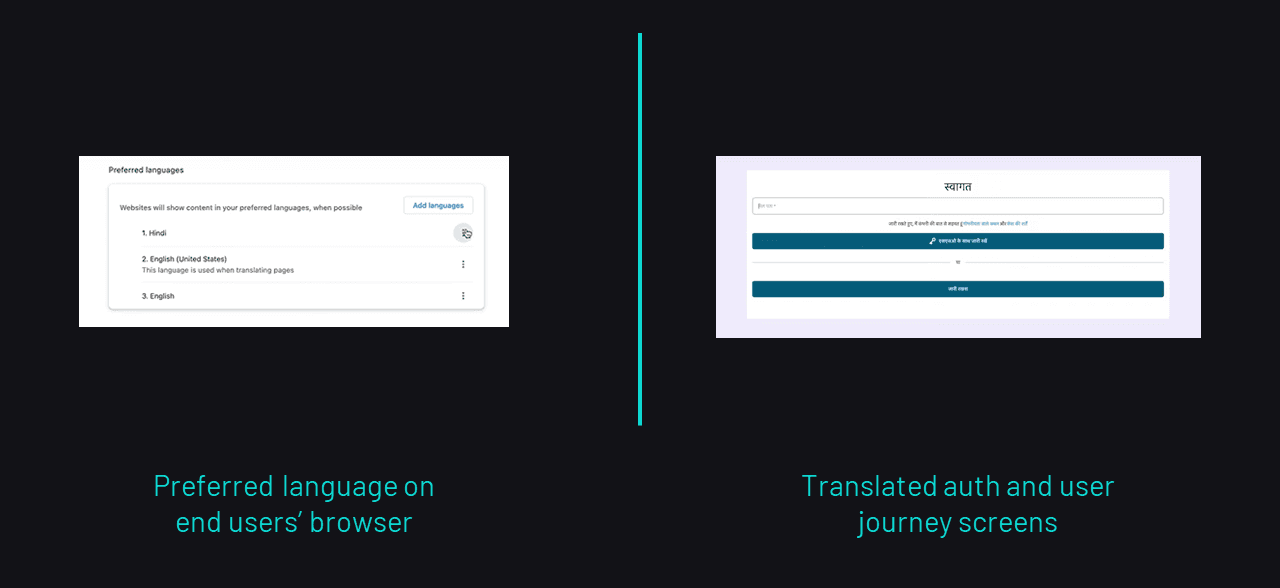
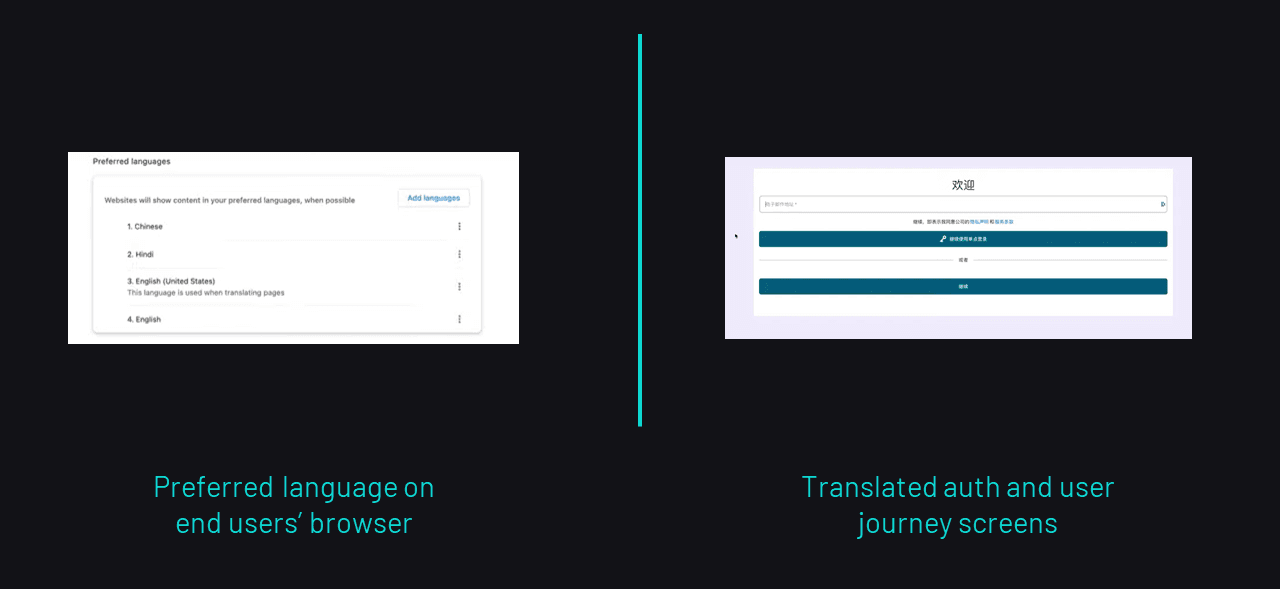
Conclusion
This connector combines the dynamic machine translation of Google Cloud Translation with the drag-and-drop authentication and user journeys of Descope to help developers easily add multilingual, localized user experiences to their login flow.
Interested to learn more about the connector? Check out our docs. If you haven’t yet started your Descope journey, sign up and subscribe to our Pro tier to set up your own Cloud Translation connector. To explore other connectors, visit our integrations page.
